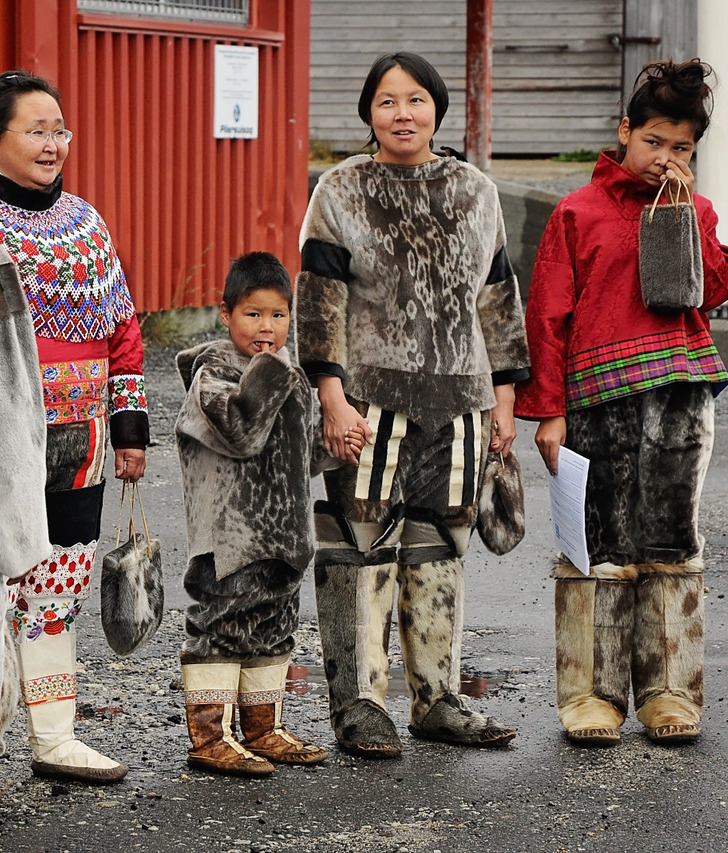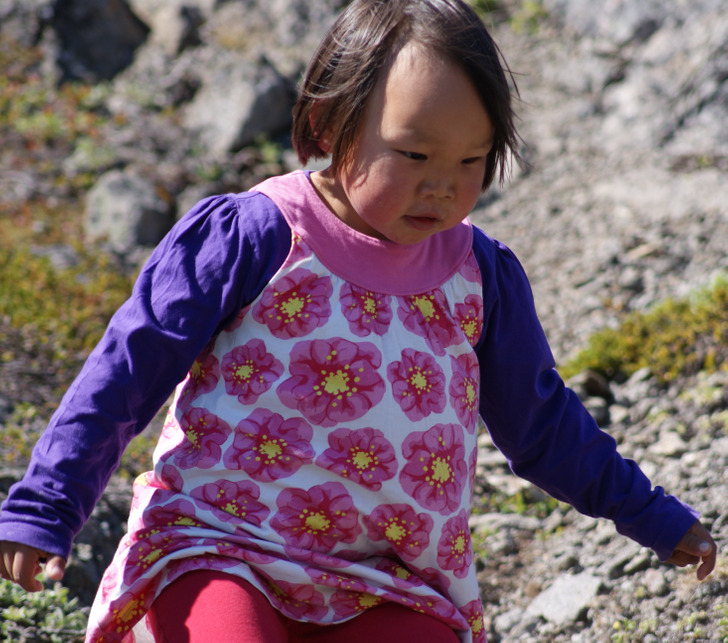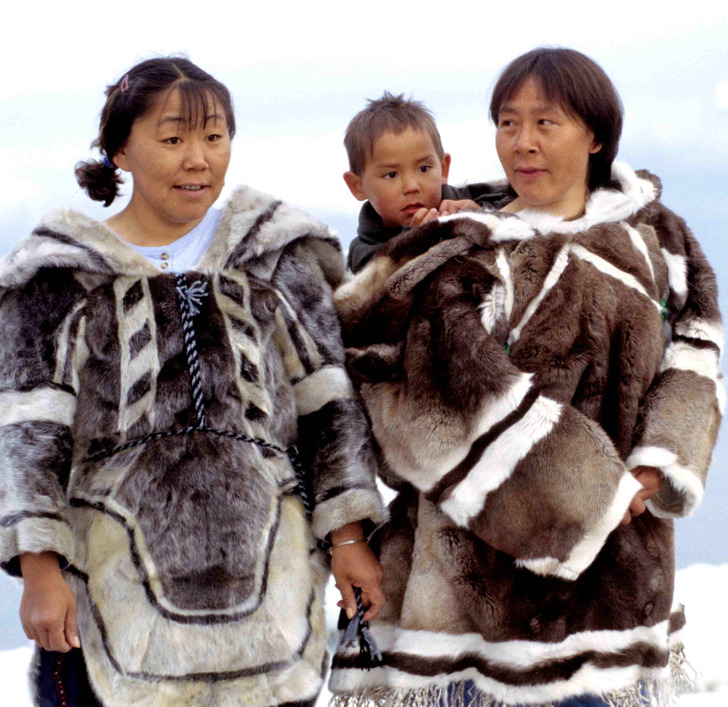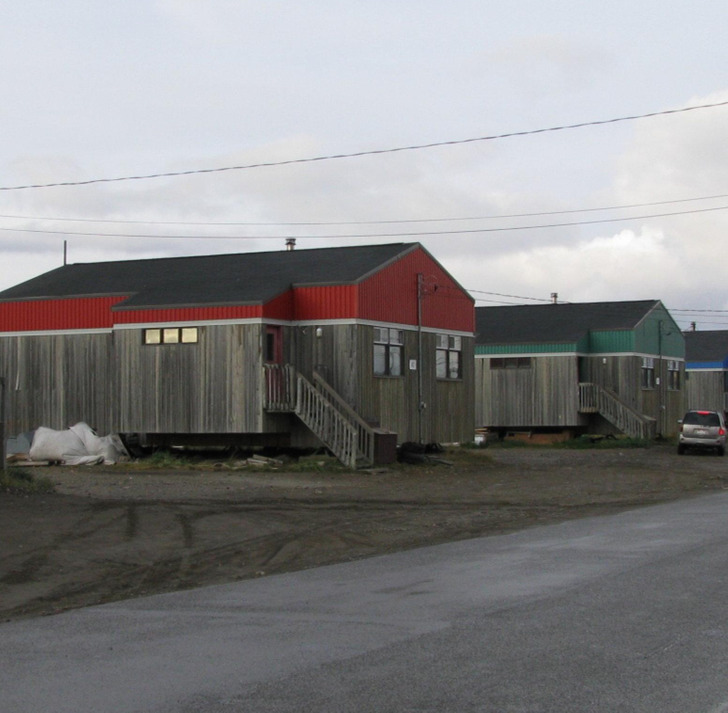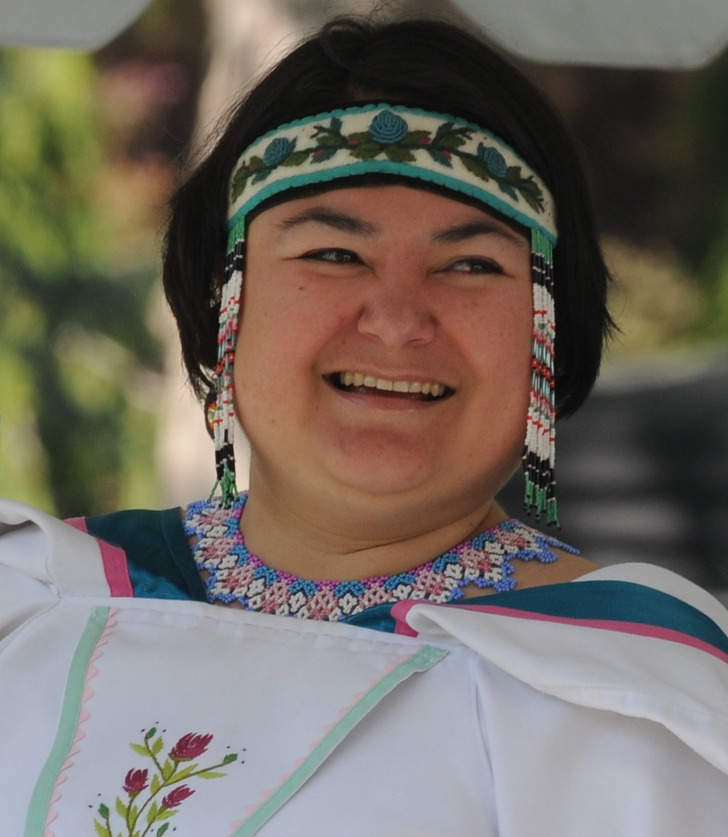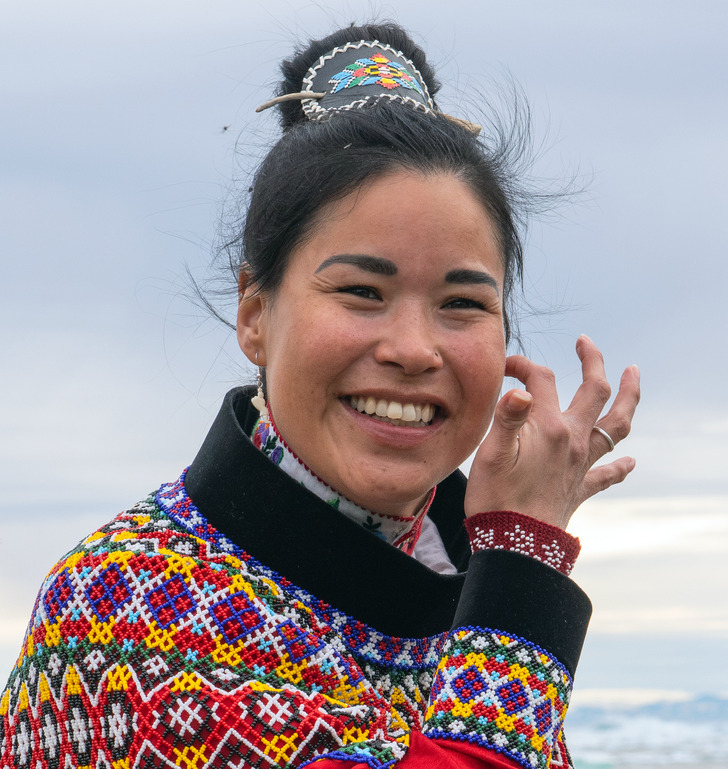10+ Facts About the Inuit, Who Have Managed to Preserve Their Culture for Over Five Millennia
The modern-day Inuit, of whom there are about 150.000 worldwide, live in Canada, Greenland, Denmark, and the United States. They have survived for centuries in the harsh environment of the Far North and even now face challenges that others can hardly imagine. And yet they have managed to keep their culture and traditions intact for over 5000 years.
Here at CHEERY, we decided to find out how this unique people live nowadays. As a bonus, we’ll tell you what Inuit women’s beauty secrets are now available to everyone.
Inuit family members aren’t always blood-related.
Family ties have always played a big role for the Inuit. In earlier centuries it was primarily a matter of survival. Each member of a small clan had special skills that benefited all the people in it. And the family wasn’t only made up of relatives. The Inuit used rituals to associate themselves with friends and neighbors, and these, too, became part of the clan.
One could become related to another family through marriage or engagement. Parents would sometimes arrange a provisional union between their young children and even if the wedding was, for some reason, canceled, the clans were still considered kin. Even today, the Inuit prefer to live in family communities, upholding ancient customs and traditions.
A new-born baby is seen as the embodiment of a recently departed person.
The Inuit believe that a baby is born with the soul of a recently departed relative or community member. The baby is, therefore, usually named after that person. This is another way of creating a bond between people who aren’t related. The baby will also be considered a member of the family that has recently suffered a loss.
Since the child inherits the soul of an adult, they are treated with the same degree of respect and are permitted many things that are forbidden in other cultures.
In the past, after coming into the world, a baby would be in close contact with its mother almost the entire time and was carried in a special sling called amauti. The woman would breastfeed the baby until she was pregnant with her next child, so breastfeeding could last up to 3, or sometimes even 5 years.
The Inuit never raise their voice when talking to their kids and never punish them.
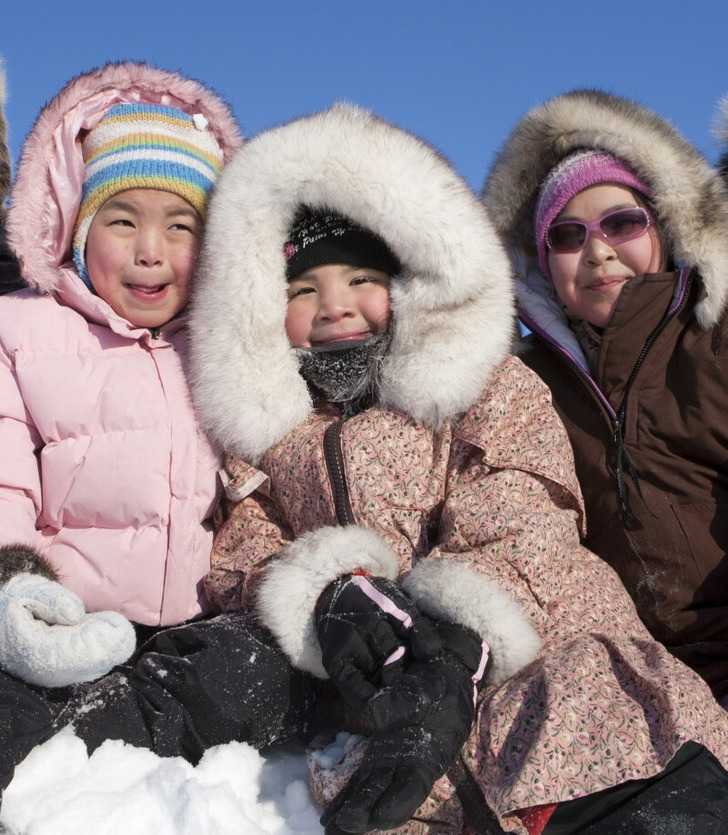
After weaning, the baby is considered old enough to help their parents around the house and start learning to control their temper. If the child misbehaves, fights and throws tantrums, no one will shout at them. Adults rarely raise their voices. Inuit parents believe that they must set an example for their children, so punishment and rudeness are not an option.
Mothers and fathers believe that children don’t manipulate adults through tantrums. They’re just upset about something, and it’s the parent’s job to find out what the reason is. Punishing a child by sending them to their room or a time-out corner, is also a bad idea, according to the Inuit. This is how adults teach children to run away from problems instead of managing their own emotions.
Parents believe that stories and fairy tales work better than prohibition.
The Inuit manage to protect their children from all kinds of dangers without shouting or imposing strict prohibitions. To explain which things children should stay away from, they tell them legends and tales.
These stories are fascinating and catch the children’s attention, which makes them memorable. So the Inuit have stories for all occasions to teach their children how to behave at the table, wash their ears, and obey adults.
Through simple games, they teach toddlers how to deal with their anger.
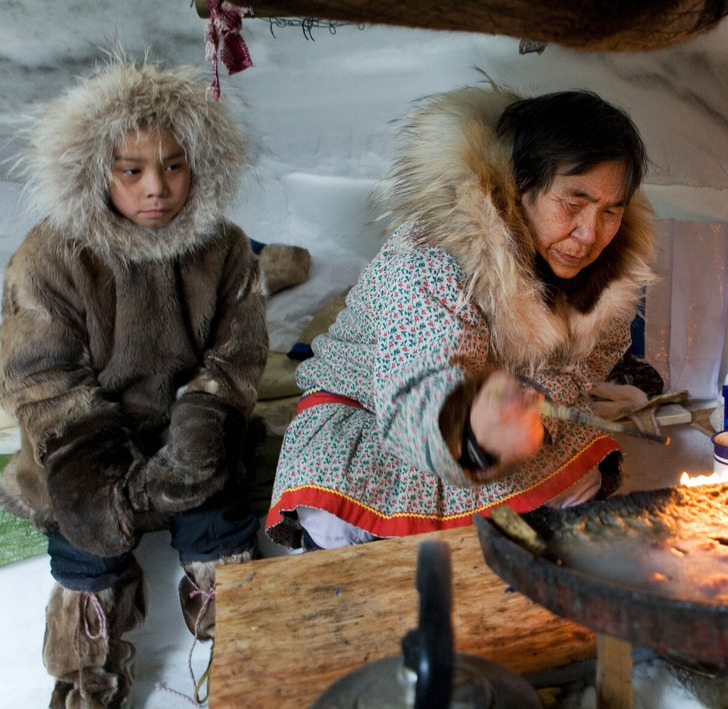
Another popular method of parenting among the Inuit is playing games. As long as the child is angry and throwing tantrums, the parents don’t bother them. But, as soon as the child calms down, it’s time to play. Adults stage a scene in a light and humorous tone, inviting the child to demonstrate the inappropriate behavior once again. The mother may ask the child to hit her or throw a pebble at her.
If the little one gives in to the provocation, the mom will explain that it hurts. No one talks directly to the child about their inappropriate behavior, but, through questions and play, parents try to explain what their child is doing wrong. Such little performances teach kids self-control and help them not to lose their temper, no matter how annoying people around them may be.
Children often stay with their parents well into adulthood.
The Inuit used to live in large families and, in some settlements, this trend continues today. Grandparents, uncles, aunts, and parents with children may all live under one roof. While in the past parents arranged marriages for their offspring, today’s youth don’t follow this tradition. Young Inuit are in no rush to get married. If a baby is born, older relatives help raise it.
Modern houses are usually built on stilts.
However, some Inuit continue to live in large families, not for tradition’s sake, but rather due to a lack of housing in the settlements. The most popular housing options here are duplexes, rather than detached houses. Modern constructions are usually equipped with enclosed verandas. They not only serve as a barrier between the cold air outside and the warmth inside but also allow for plenty of storage for all the necessary equipment.
Kitchens are spacious and have special chopping boards on the floor. When hunting or fishing is successful, all the women of the settlement are involved in processing the catch, and a lot of free space is needed for that. Houses are often built on stilts, as the density of the soil varies from season to season, so in the summer, the house can end up sinking in mud.
Traditional food has an effect on the health of the inhabitants of the North.
Although the Inuit were long deprived of the benefits of modern medicine, a diet rich in protein and healthy micronutrients helped them maintain their health. People here didn’t use toothbrushes or toothpaste but only rinsed their mouths with water after a meal, and still boasted strong teeth.
For this, they can thank their good nutrition. Traditional Inuit meals are free of sugar and acids which break down tooth enamel. They’re also rich in phosphorus and calcium, which help maintain healthy teeth.
The Inuit make waterproof clothing out of whatever they can find.
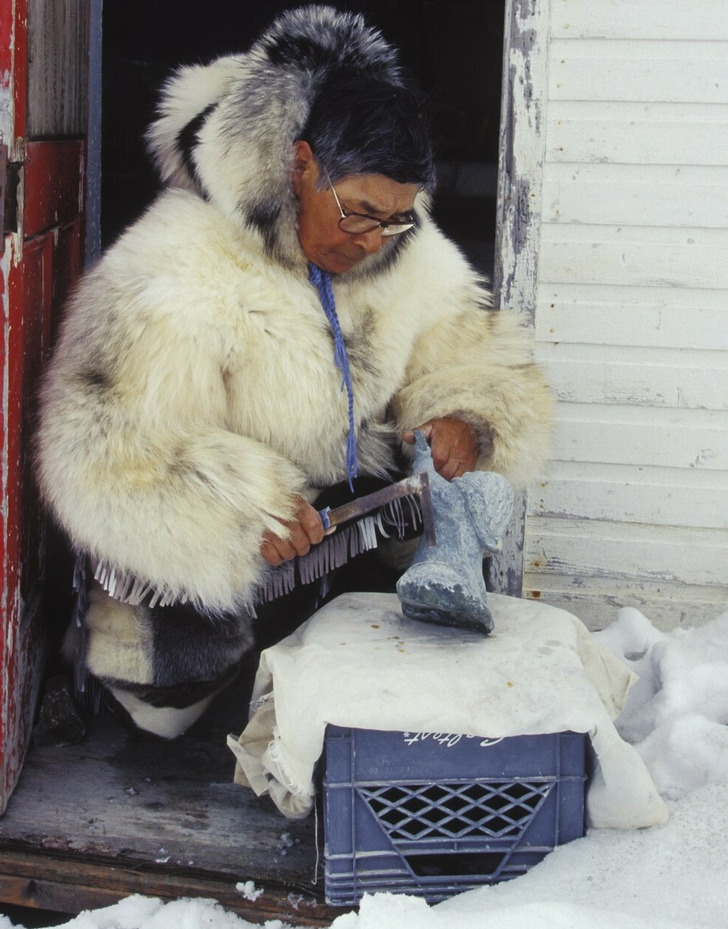
The Inuit have inhabited the Arctic regions for several millennia, so they were able to invent warm and water-repellent clothing before modern technology and special synthetic fabrics came along. To prevent their feet from getting wet when walking on ice and snow, people made their boots with water-tight seams. A tool made of an animal’s horn was used to clean snow off clothes and shoes.
Windbreakers and raincoats were also made from natural materials. Clothes were sewn together with tendons in such a way that the material wasn’t pierced through. Unlike modern clothes, such cloaks didn’t only keep the wearer dry, but were also breathable, which made them more comfortable to wear.
They have their own version of sunglasses.
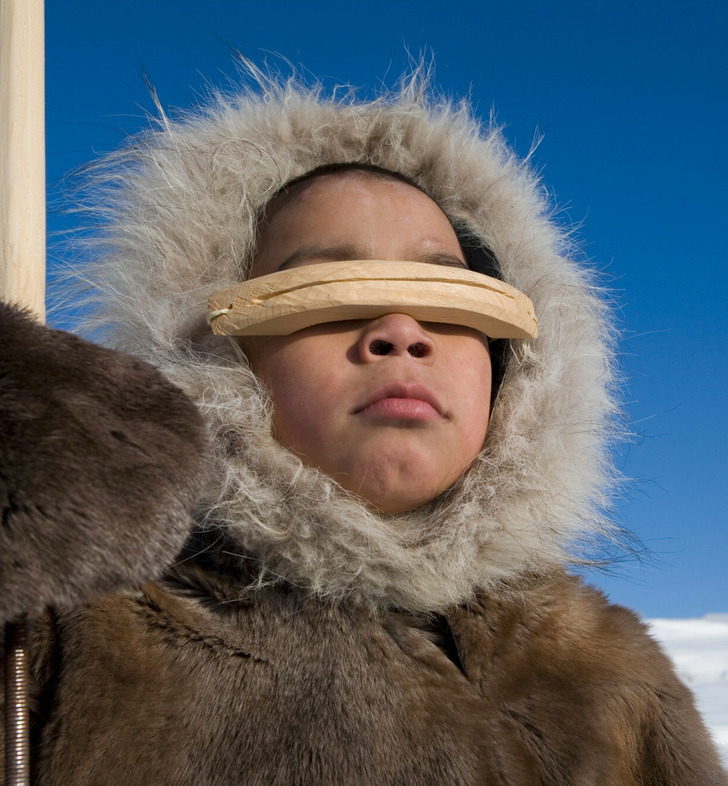
Bright sunlight reflecting off snow or ice can seriously damage your eyes. Even before the advent of glass, the Inuit and other Northern peoples had devised their own version of protection from the glaring rays. They made special masks with narrow slits in bone, wood, or other materials. And these devices, apart from protecting the eyes, also improved vision. The slits worked like a camera obscura and focused the light, making distant objects clearer.
Despite various restrictions, women have managed to keep the tradition of tattoos alive.
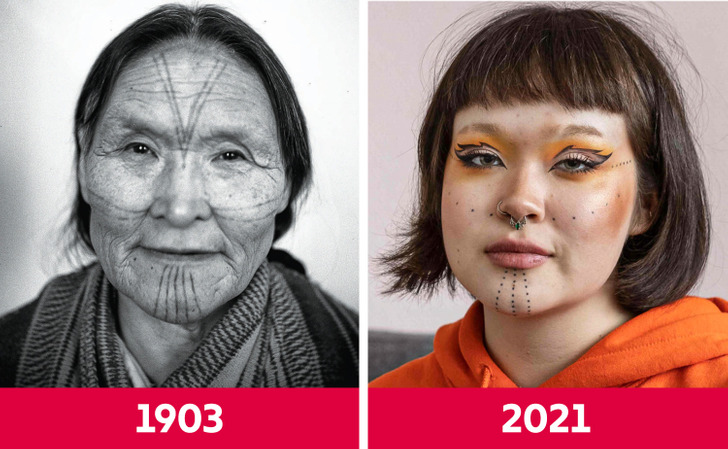
Women have been getting special tattoos for centuries. The tribe could use similar images on different parts of the body. These signs were placed on the face and hands so that everyone could see them. However, around 100 years ago, tattoos fell under a ban and many women could no longer follow the tradition because it was considered indecent.
In recent years, it’s more and more common to see girls with symbols on their faces and fingers. However, it’s not just a fashion statement — it’s a way for women to mark important milestones in their lives, such as entering adulthood and having children. For this reason, asking about the meaning of certain tattoos is considered inappropriate.
Bonus story: beauty secrets of Inuit women can now be shared by everyone.
Indigenous fashion is now in its heyday. Young designers from these regions are creating clothing and jewelry covered in ancient designs that symbolize the connection between man and nature. While only the Inuit can adorn themselves with traditional tattoos, such products can be bought by anyone.
Moreover, a range of cosmetics, based on Arctic products, is now available for purchase. All the products are specially formulated and rich in vitamin E and Omega-3 fatty acids. The development and production are based in Nunavik, the region with the largest population of the Inuit.
Would you be able to live in the harsh conditions of the Far North?
